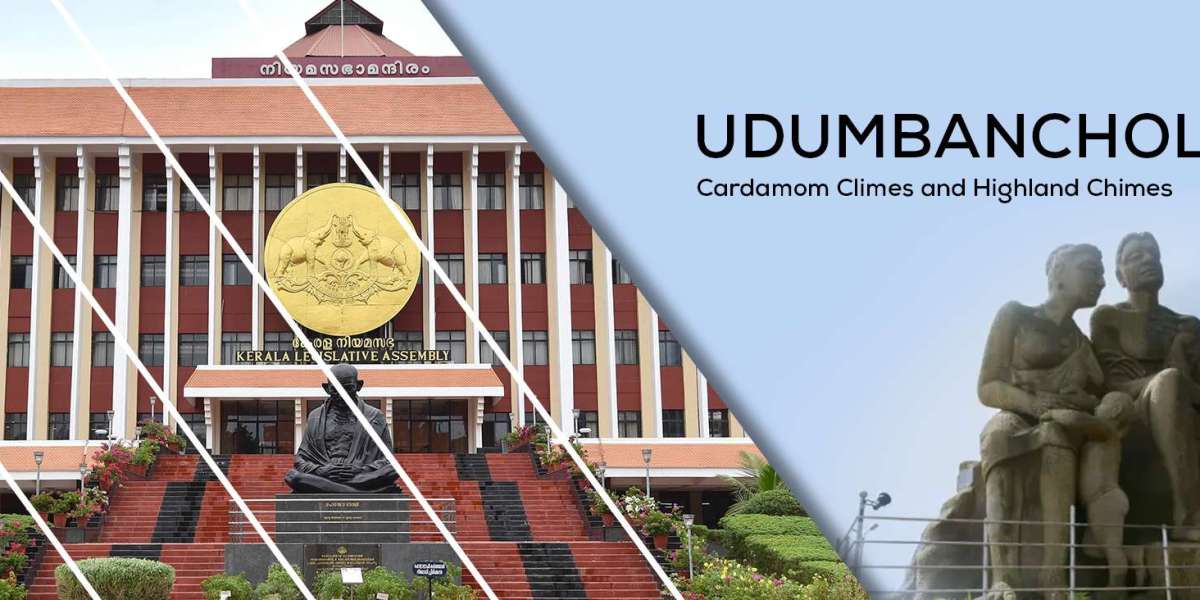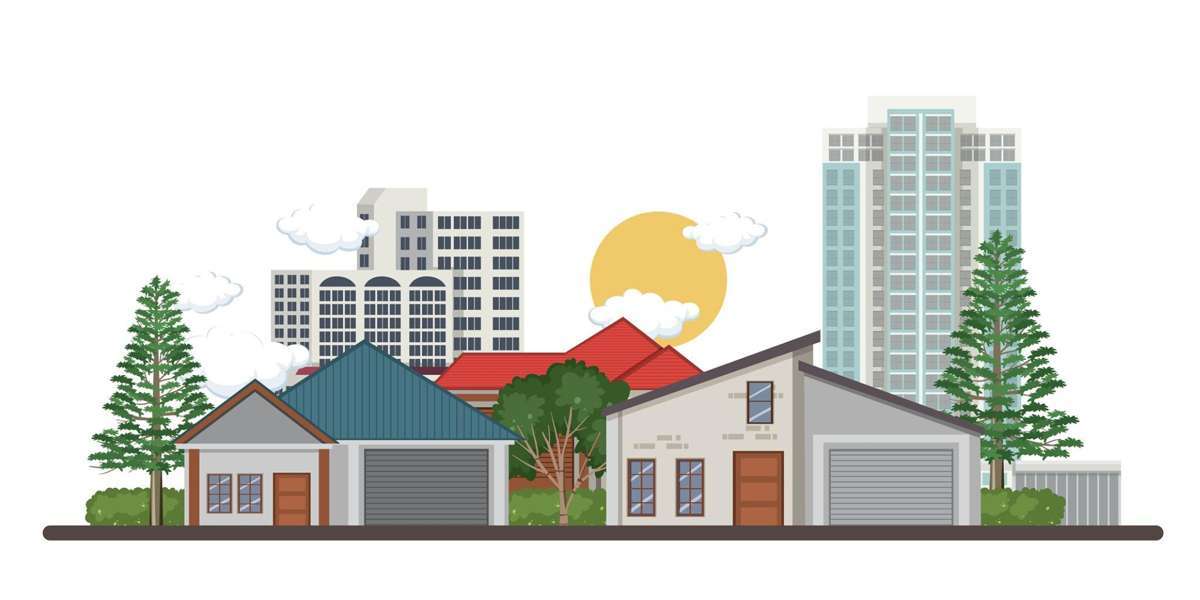Geographic & Demographic Peculiarities
Covering over 520 km², Udumbanchola lies in Kerala’s high ranges, with elevations reaching above
1,200 m around Nedumkandam and Rajakumari. The terrain includes valleys, dense forests, tea
estates, and spice plantations.
Population is 100% rural with no urban pockets. SC voters comprise around 9–9.6%, ST about
1–1.3%. Literacy stands at approximately 92–95%, and voter turnout typically exceeds 73–79%. The
electorate is nearly evenly split gender-wise, with slight female advantage in registration.
Employment Patterns & Economic Strata
Udumbanchola’s economy is rooted in high-range agriculture and agrarian livelihoods: Plantation agriculture dominates: tea, spices (cardamom, pepper), vegetables, and small-
scale farming in upland villages such as Nedumkandam and Rajakumari. Inland fisheries and livestock rearing are supplemental in valleys and streams. NRIs and remittance income support many households—especially SC families and small
landholders. Small businesses and trade exist in market centres like Nedumkandam, including shops,
vendors, vegetable and spice markets.
The middleincome strata forms the majority—comprising small farmers, plantation workers,
remittance-dependent families and service sector employees. There is a significant BPL population
among landless farm workers and small-scale laborers. Highincome households are fewer and
usually include large estate owners or successful traders.
Recent Development Activities Rural infrastructure upgrades under district development programs have funded road
widening, bridge repairs and improved connectivity between hill settlements like
Karunapuram, Nedumkandam, Pampadumpara, and Vandanmedu. At Nedumkandam town, sanitation and civic amenity upgrades—including drainage,
playgrounds and streetlighting—are underway as part of local body efforts. Residents have raised concerns about land subsidence and environmental fragility in areas
like Ramakkalmedu and Pampadumpara, prompting locals and ecologists to seek stringent
soil conservation and zonal planning measures. Higherorder policy scrutiny continues over climate impact on agriculture, with government-
led support in providing crop insurance, soil stabilization programs and livelihood
diversification grants emanating from Idukki District administration initiatives.
Udumbanchola Assembly Constituency typifies Kerala’s high-range life: tea-laden hills, hardy
farming communities, a strong rural identity supported by remittances, and rich biodiversity. With a
majority middle-income electorate, high civic participation, and recent investments in infrastructure
and climate-resilient planning, development is proceeding—albeit cautiously—toward more
resilient, inclusive growth in the hills.







